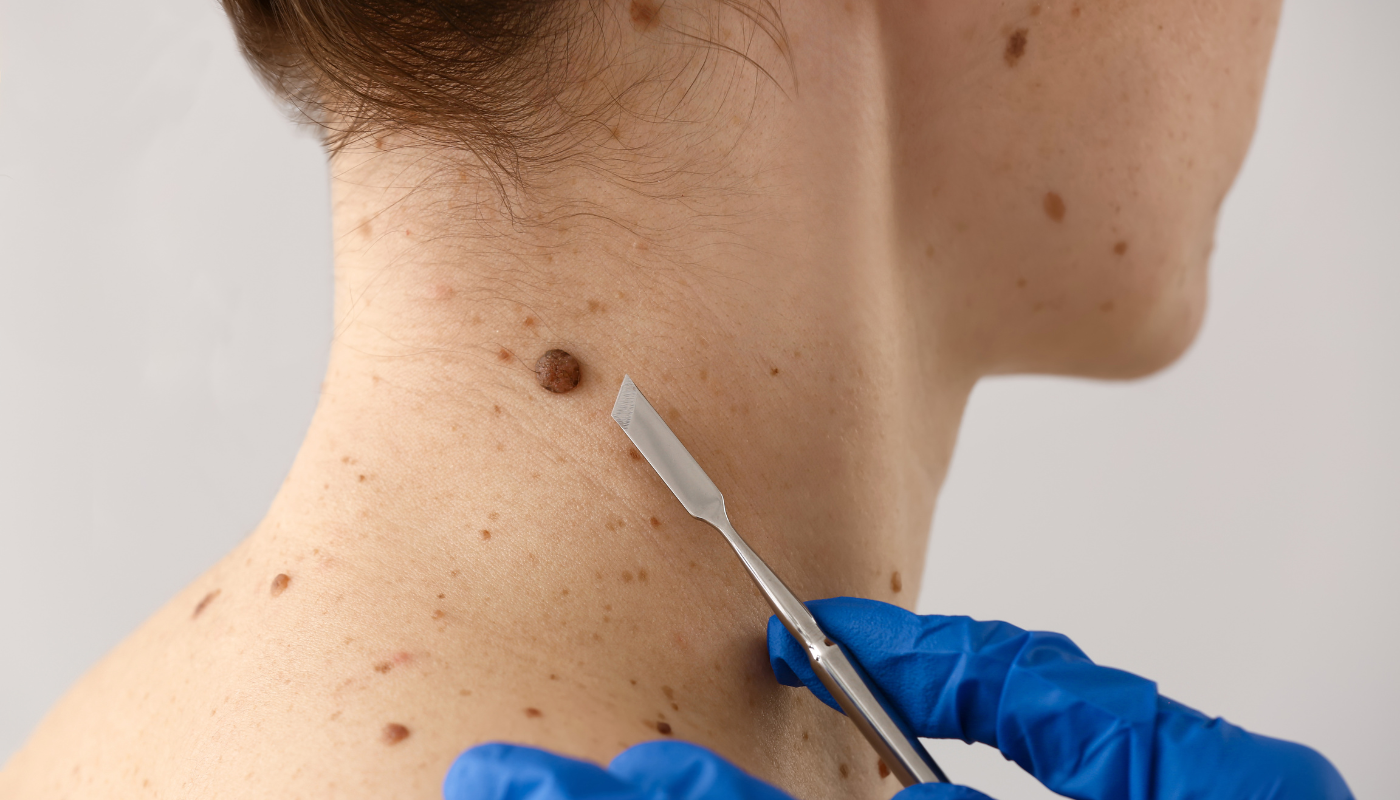What is the ABCDE Rule of Melanoma?
What is the ABCDE Rule of Melanoma Awareness?

The ABCDE rule is a helpful mnemonic device used to raise awareness about the signs and characteristics of melanoma, a type of skin cancer. By understanding and applying this rule, individuals can better recognise potential warning signs and seek timely medical attention.
Let's break down the ABCDE rule:
A - Asymmetry: Melanomas are often asymmetric, meaning one half of the mole or lesion looks different from the other half.
In contrast, benign moles are typically symmetrical and evenly shaped.
B - Border irregularity: Melanomas commonly have irregular or poorly defined borders. Instead of having a smooth and even edge, the border of a melanoma may be scalloped, notched, or exhibit an uneven outline.
C - Color variation: Melanomas can display various colours within the same lesion. These colours may include shades of black, brown, tan, red, white, or blue. The presence of multiple colours or an unusual colour within a mole should be a cause for concern.
D - Diameter: Although melanomas can initially be smaller, they typically have a larger diameter than benign moles. The general guideline is that any mole larger than 6 millimeters (about the size of a pencil eraser) should be evaluated by a healthcare professional. However, it's important to note that melanomas can also be smaller in size, especially during the early stages of development.
E - Evolution: Melanomas tend to evolve or change over time. This means that a mole or lesion may undergo alterations in size, shape, colour, or texture.
Any significant change in a mole, such as rapid growth, should be closely monitored and evaluated by a healthcare professional.
It is essential to remember that while the ABCDE rule provides a useful framework for recognising potential melanoma symptoms, it is not an exhaustive list of all possible signs. Other symptoms, such as itching, tenderness, ulceration, spreading pigment, nail abnormalities, oral or eye melanoma, and central nervous system symptoms, should also be taken into account.
Regular self-examinations and professional screenings are crucial for detecting melanoma at an early stage when it is most treatable.
If you notice any concerning changes in your skin, it is important to consult a healthcare professional for further evaluation.
More Skin Tips.
CoreBodi










| Powered by Kaptol Media


